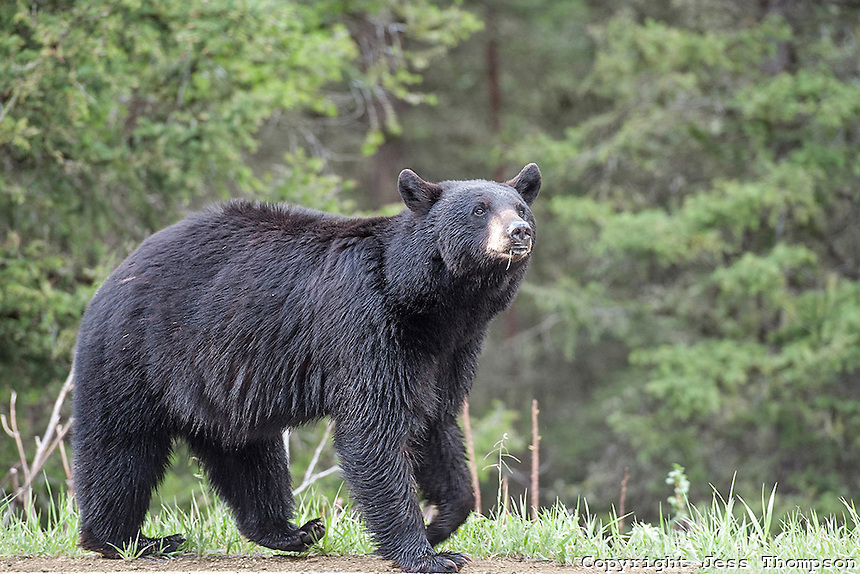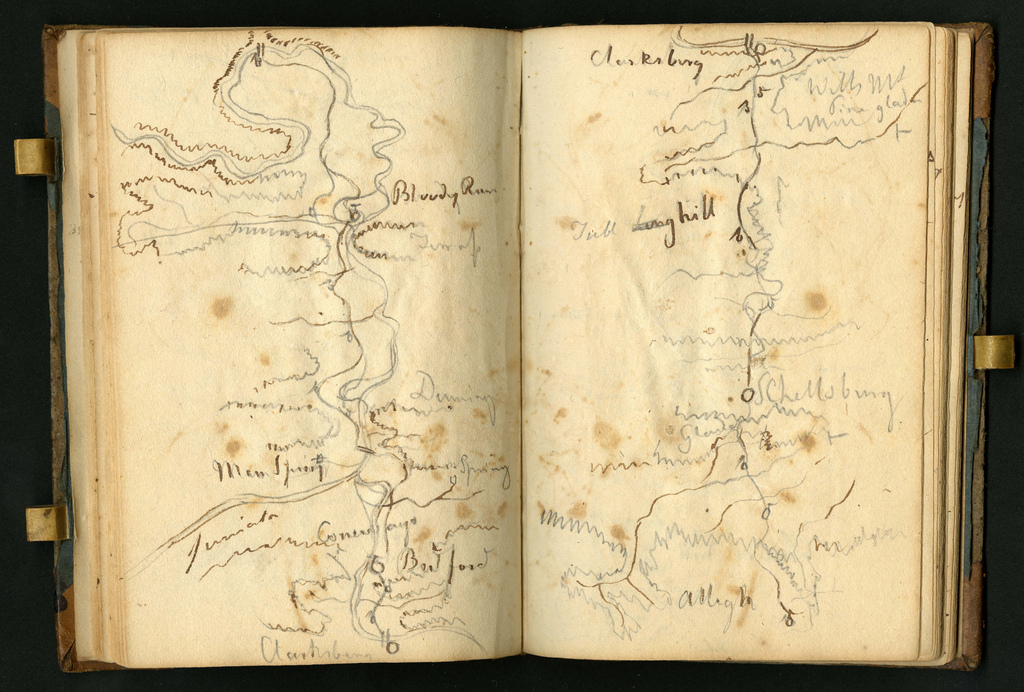I’m sorry to have to be the one to break this to you, but you need to know that bears don’t really hibernate. No, it’s true, they don’t. No, really. Yes, I know that’s what you’ve been told all your life, but I’m here to debunk this myth and shed the light of truth on the matter.
Now, now it’s alright. Stop crying; go get a tissue and come back when you’re a bit more composed. There – feeling better? Good. Let’s continue. The fact is that woodchucks are actually the biggest mammals on earth that enter “true” hibernation. What is “true hibernation”? According to my handy-dandy mammalogy textbook (don’t you wish you had one of those?) the definition of hibernation is: ” a profound dormancy in which the animal remains at a body temperature ranging from 2° – 5° C for periods of weeks during winter …Animals that undergo hibernation include ground squirrels, marmots and hedgehogs.”
One of the reasons bears do not hibernate is because of their size. For one thing, they are able to store up enough body fat to survive the winter in what is called a “winter lethargy”. Meaning that unlike hibernating animals that drop their body temperatures to 5° C or below, bears only bring their body temperatures to about 33° C. This is a higher body temperature than even those mammals who undergo torpor (somewhere between hibernation and winter lethargy). Also, their size would make it very difficult for them to exit the hibernating state – to bring their body temperature from 5° all the way to 37° C would require a vast amount of energy – more than they are able to store up for the winter. Another reason bears don’t hibernate is that many females are pregnant, give birth and then nurse their young, all while in this “winter lethargy” state!
Now winter lethargy does have many things in common with hibernation. Bears drop their heart rates and oxygen consumption (but not to the same degree as animals in torpor and hibernation) and they stay in their lethargic state without waste elimination or the intake of food or water until they are aroused. Bears may come out of their lethargy during winter thaws to forage for food, but don’t emerge from their winter sleep permanently until spring.
Even though bears don’t drop their body temperatures or reduce their metabolic rates quite as drastically as other mammals undergoing hibernation or torpor, it’s still important to remember that for bears to be aroused from this lethargic state takes a large amount of energy – energy needed for survival. That’s why it’s critical to make sure that they aren’t disturbed during their winter sleep. Even more so for lactating females trying to keep their cubs alive.
But its fascinating to consider all the hidden aspects of the natural world that go under the radar. The next time you’re out walking during the winter and feeling bummed because everything looks so cold and dead, remember all the stored energy that’s around you: buds on trees waiting to unfold, animals running around under the snow living out lives completely unseen (that’s call “subnivean” for you nature geeks), mammals curled up in dens sleeping or hibernating, and somewhere in the woods near you, a mother bear is nursing her cubs.
I’m wondering how I can work “winter lethargy” into some time off at work this January. Can I claim that I don’t have enough stored energy to emerge from my winter sleep?
References:
Feldhamer, Drickamer, Vessey, Merrit; Mammalogy: Adaptation, Diversity, Ecology, McGrawHill, 1999
Yahner, Fascinating Mammals: Conservation and Ecology in the Mid-Eastern States, University of Pittsburgh Press, 2001
Recommended resources:
Ecology and Behaviour of North American Black Bears
The Grizzly Bears of Yellowstone: Their Ecology in the Yellowstone Ecosystem, 1959-1992
Update:
It appears that I – and my handy-dandy mammalogy textbook – were wrong on the bears-not-hibernating front. According to a resource I found after writing this article, bears are considered hibernators, despite their higher body temps and occasional activity during winter. Read my article Hibernating Bears and Living with Predators, Redux for more information.




Fascinating. My college zoology course (mumblety-five years ago) put bears in the Hibernation category, and I’ve believed that ever since. Thanks for setting me straight!
It’s amazing to me how pervasive the idea is that bears hibernate. It’s really become part of our culture, which I suppose is why it’s so hard to debunk. I will say in defense of your zoology professor, that there was a time when all of these winter sleep methods – hibernation, torpor and winter lethargy – were all considered ‘hibernation’. I don’t know when the change happened, but at some point they got re-classified relative to each animal’s metabolic states. If I ever find out when this change occurred I’ll post a follow up. Or if anyone out there knows, chime in!
I love this – my parents live in Tennessee and my dad has observed bears not “hibernating” but hunting deer in mid-winter!
I’m not surprised – even up here in the north, bears will be seen up and about foraging for food during January and February thaws. They’re fascinating animals…